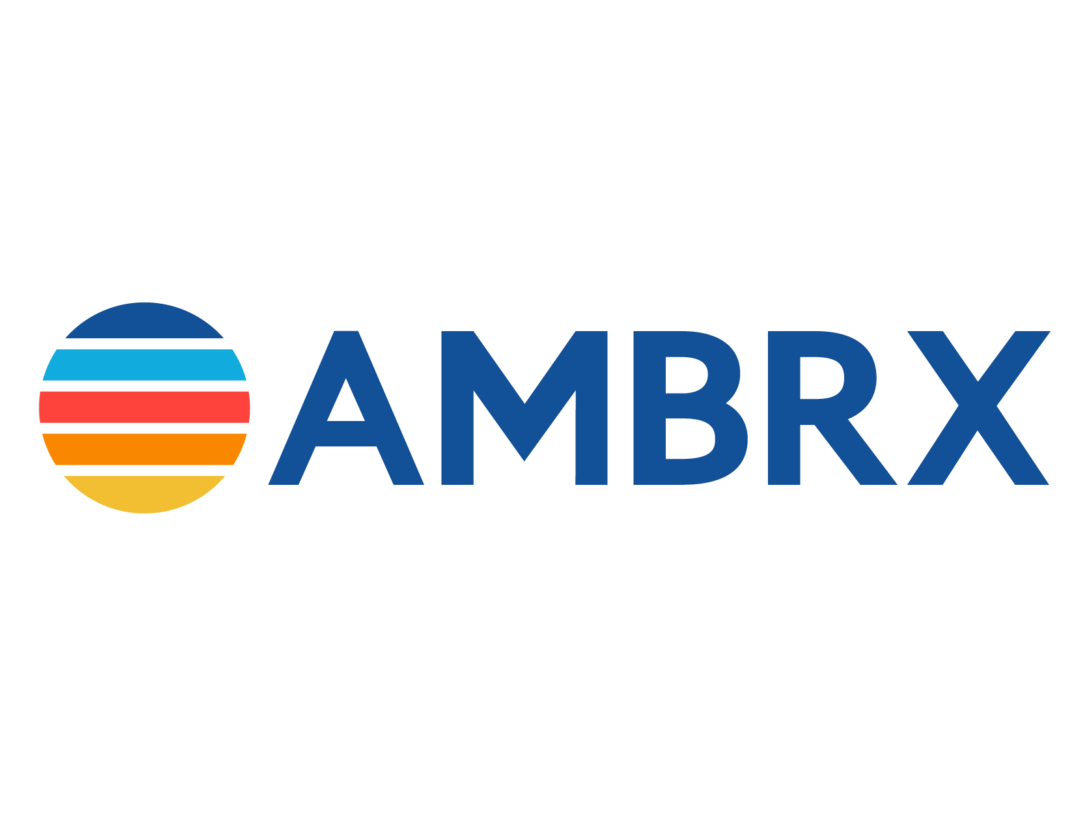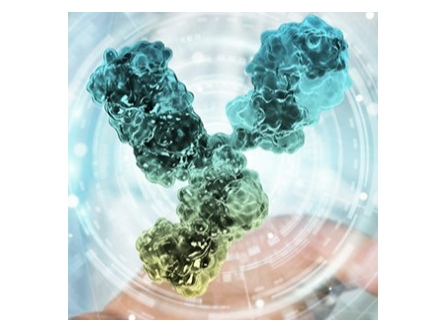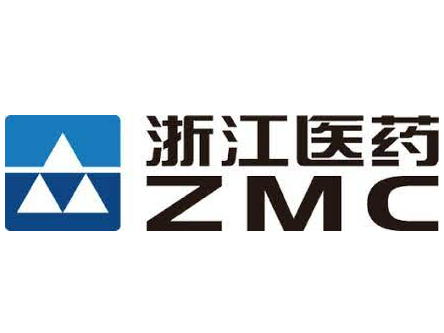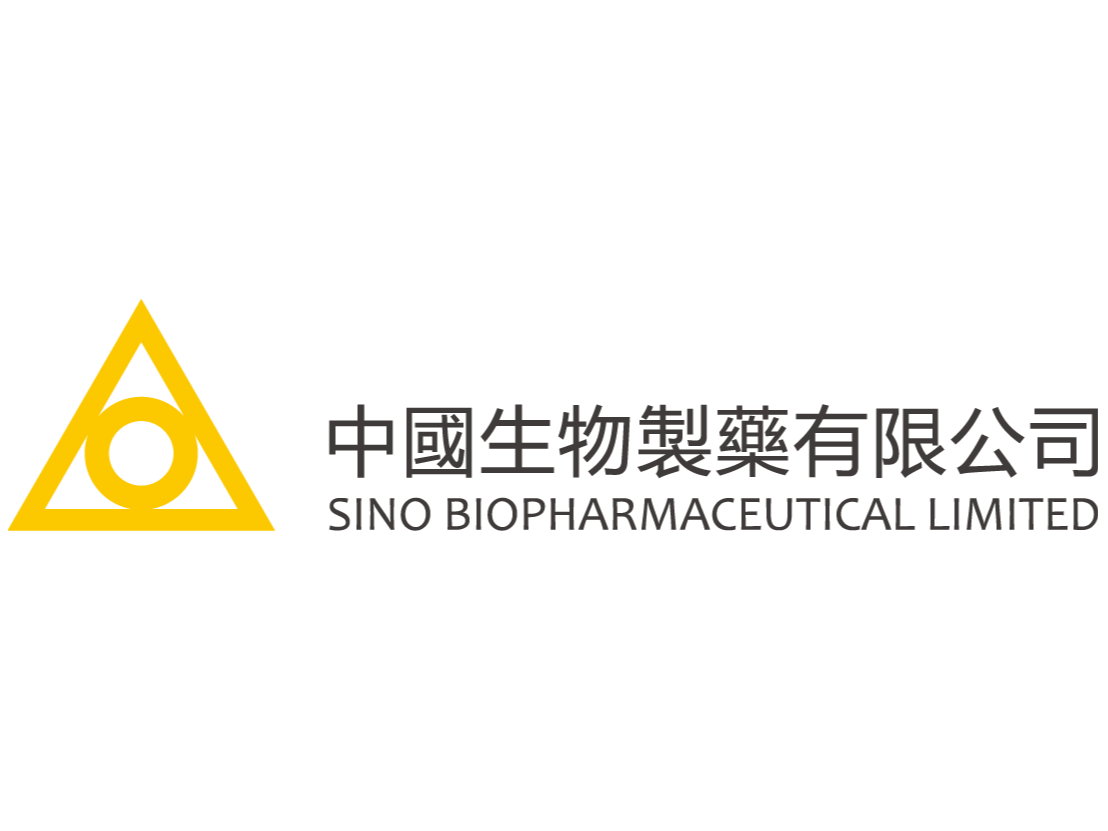Type of technology
Antibody conjugated drug molecule
Administration route
Intravenous, Oral, Subcutaneous, Topical (Rectal), Transdermal
Development state and regulatory approval
ARX788
Phase III
FDA granted orphan drug designation to ARX788 for the treatment of HER2-positive gastric cancer
Description
Antibody-drug conjugates (ADCs) employ site-specific antibodies incorporating non-natural amino acids, novel linker chemistries designed for both in vitro and in vivo stability, and a combination of existing and novel targeted receptor agonists as payloads. The primary mechanism of action for these ADCs involves the accumulation of free payload in the targeted tissues, which emerges as the predominant driver of biological activity. Due to this mechanism, the drug conjugate remains in the body for an extended period with increased plasma concentration peak stability compared to the parent drug.
Developer(s)

Ambrx, founded in 2003 in San Diego, California, emerged from pioneering work in synthetic biology, specifically with the goal of expanding the genetic code to enable precise modifications of proteins. This idea was initiated by co-founders Peter Schultz and others from The Scripps Research Institute.
Technology highlight
1) ADC contains a novel linker molecule that conjugates the drug molecule/ therapeutic protein with the human antibody. 2) Linker molecule is a synthetic amino acid (SAA) with site-specificity, homogenous, and undergoes stable conjugation. 3) These ADCs are based on AMBRX's proprietary genetic code technology i.e., noncanonical amino acids (ncAA) based protein engineering (amber codon (UAG) suppression) 4) These ADCs target human antigen-presenting immune cells, binding to them to subsequently activate specific cell signaling pathways. This leads to stimulation or inhibition of the targeted protein synthesis. Consequently leading to a sustained pharmacological action of the API payload at the target site.
Illustration(s)
Technology main components
1) Payload (API) (Drug that has a functional group that forms a covalent linkage with phosphate linker) 2) Targeting Ligand (eg: Chimeric, humanized, or human antibodies) 3) Linker Arm (Eg: Pyrophosphate ester; triphosphate ester; Tetraphosphate ester) 4) Phosphate Group All these ingredients combine to form a complex. This complex is stable extracellularly and labile intracellularly.
Not provided
Delivery device(s)
No delivery device
APIs compatibility profile
ADC has targeted enzyme inhibitors such as dihydrofolate reductase inhibitors and thymidylate synthase inhibitors, DNA intercalators, glucocorticoid receptor agonists, nuclear receptor agonists, anti-inflammatory agents, DNA cleavers, topoisomerase inhibitors, anthracycline family of drugs, vinca drugs, the mitomycins, bleomycin, the cytotoxic nucleosides, pteridine, diynenes, podophyllotoxins, differentiation inducers, and taxols. Cytotoxic drugs such as duocarmycins and CC-1065 and analogs of CBI, MCBI, doxorubicin, aolastatins, combretastatin, etc. Other drugs are glucocorticoid agonists.
Biotherapeutics such as Monoclonal Antibodies (Eg: Brentuximab vedotin, Trastuzumab emtansine, Polatuzumab vedotin, Inotuzumab ozogamicin, Moxetumomab pasudotox) are targeted for the ADC formulation. Therapeutic proteins are also targeted as a payload for the ADC formulation.
Not provided
Not provided
75-90 wt%
2 different APIs : Not provided
Min: 3 Max: 6
Scale-up and manufacturing prospects
Ambrx has a manufacturing capacity of 2000 liters for ADC formulations.
Not provided
1. Expression and purification of antibodies with non-natural amino acids 2. Synthesis of ADC payloads and linkers 3. Site-specific conjugation 4. Intact Mass determination 5. DAR determination and antibody preparation evaluation
1. Mass Spectrometry (using Thermo Deconvolution 2.0 Software) 2. HPLC 3. Flow Cytometry 4. LCMS
Excipients
No proprietary excipient used
No novel excipient or existing excipient used
No residual solvent used
Additional features
- Drug-eluting
Preclinical studies of ARX788 show that the API released from the ADC increases with time.
18-22 gauge needle is used for the ADC injection infusion
Phase 1 clinical trials of ARX788 revealed no dose-limiting toxicities or treatment-related serious adverse events (TEAE). 28/30 (93.3%) patients experienced at least one drug-related adverse event (AE) and 13.3% experienced grade 3 ARX788-related AEs. Preclinical studies in monkeys demonstrated a favorable safety profile for ARX788.
1. Structural stability - Preclinical studies show that ADCs have robust plasma stability coupled with rapid release of payload in a lysosomal environment. 2. Formulation stability - As a formulation, the stability data of ADC has not yet been disclosed.
Not provided
Therapeutic area(s)
- Other(s) : "inflammatory diseases"
- Oncology
- Treatment
Potential associated API(s)
Use of technology
- Administered by a community health worker
- Administered by a nurse
- Administered by a specialty health worker
Weekly, Monthly
Not provided
Targeted user groups
- Adults
- Older Adults
- All
Unspecified
Unspecified
No
Not provided
anti-HER2 antibody drug conjugate
Phase III
NCT04829604
HER2-positive gastric cancer, advanced or metastatic HER2-positive breast cancer, and other solid tumors
Adults < 18 years of old having HER-2 positive gastric cancer
Every 3 weeks
FDA granted orphan drug designation to ARX788 for the treatment of HER2-positive gastric cancer
anti-PSMA antibody drug conjugate
Phase I/II
NCT04662580
Prostate cancer
Adults who are <18 years old with metastatic castration-resistant prostate cancer
Every 3 weeks; Every 4 weeks
Not provided
anti-CD-70 antibody drug conjugate
Pre-clinical
Not provided
Not provided
Not provided
Not provided
Not provided
IL2 cytokine (PEGlated)
Pre-clinical
Not provided
Not provided
Not provided
Not provided
Not provided
Antibody drug conjugate for anti-inflammatory applications
Antibody-drug conjugates (ADCs) comprising an antibody conjugated to an anti-inflammatory therapeutic agent via a phosphate-based linker with tunable extracellular and intracellular stability are described.
US11510993B2
Not provided
Merck Sharp and Dohme LLC Ambrx Inc
Not provided
November 15, 2038
Active
Phosphate based linkers for intracellular delivery of drug conjugates
Phosphate-based linkers with tunable stability for intracellular delivery of drug conjugates are described. The phosphate-based linkers comprise a monophosphate, diphosphate, triphosphate, or tetraphosphate group (phosphate group) and a linker arm comprising a tuning element and optionally a spacer. A payload is covalently linked to the phosphate group at the distal end of the linker arm and the functional group at the proximal end of the linker arm is covalently linked to a cell-specific targeting ligand such as an antibody. These phosphate-based linkers have differentiated and tunable stability in blood vs. an intracellular environment (e.g. lysosomal compartment).
US10550190B2
Not provided
Ambrx Inc; Merck Sharp and Dohme LLC
Not provided
March 12, 2036
Active
Prostate-specific membrane antigen antibody drug conjugates
This invention relates to prostate-specific membrane antigen (PSMA) antibodies and antibody drug conjugates comprising at least one non-naturally-encoded amino acid. Disclosed herein are αPSMA antibodies with one or more non-naturally encoded amino acids and further disclosed are antibody drug conjugates wherein the αPSMA antibodies of the invention are conjugated to one or more toxins. Also disclosed herein are non-natural amino acid dolastatin analogs that are further modified post-translationally, methods for effecting such modifications, and methods for purifying such dolastatin analogs. Typically, the modified dolastatin analogs include at least one oxime, carbonyl, dicarbonyl, and/or hydroxylamine group. Further disclosed are methods for using such non-natural amino acid antibody dru
US20220033518A1
Formulation
Ambrx Inc
Not provided
March 2, 2022
Pending
Publications
Lu, H., Wang, D., Kazane, S., Javahishvili, T., Tian, F., Song, F., Sellers, A., Barnett, B., & Schultz, P. G. (2013). Site-specific antibody-polymer conjugates for siRNA delivery. Journal of the American Chemical Society, 135(37), 13885–13891. https://doi.org/10.1021/ja4059525
We describe here the development of site-specific antibody-polymer conjugates (APCs) for the selective delivery of small interference RNAs (siRNAs) to target cells. APCs were synthesized in good yields by conjugating an aminooxy-derivatized cationic block copolymer to an anti-HER2 Fab or full length IgG by means of genetically encoded para-acetyl phenylalanine (pAcF). The APCs all showed comparable binding affinity to HER2 as their native counterparts and no significant cellular cytotoxicity. Mutant S202-pAcF Fab and Q389-pAcF IgG polymer conjugates specifically delivered siRNAs to HER2+ cells and mediated potent gene silencing at both the mRNA and protein levels. However, a mutant A121-pAcF IgG polymer conjugate, despite its high binding affinity to HER2 antigen, did not induce a significant RNA interference response in HER2+ cells, presumably due to steric interference with antigen binding and internalization. These results highlight the importance of conjugation site on the activity of antibody-polymer based therapeutics and suggest that such chemically-defined APCs may afford a useful targeted delivery platform for siRNAs or other nucleic acid based therapies.
Jackson, D., Atkinson, J., Guevara, C. I., Zhang, C., Kery, V., Moon, S. J., Virata, C., Yang, P., Lowe, C., Pinkstaff, J., Cho, H., Knudsen, N., Manibusan, A., Tian, F., Sun, Y., Lu, Y., Sellers, A., Jia, X. C., Joseph, I., Anand, B., … Stover, D. (2014). In vitro and in vivo evaluation of cysteine and site specific conjugated herceptin antibody-drug conjugates. PloS one, 9(1), e83865. https://doi.org/10.1371/journal.pone.0083865
We report the results from the first direct preclinical comparison of a site specific non-natural amino acid anti-Her2 ADC and a cysteine conjugated anti-Her2 ADC. We report that the site specific non-natural amino acid anti-Her2 ADCs have superior in vitro serum stability and preclinical toxicology profile in rats as compared to the cysteine conjugated anti-Her2 ADCs. We also demonstrate that the site specific non-natural amino acid anti-Her2 ADCs maintain their in vitro potency and in vivo efficacy against Her2 expressing human tumor cell lines. Our data suggests that site specific non-natural amino acid ADCs may have a superior therapeutic window than cysteine conjugated ADCs.
Skidmore L, Sakamuri S, Knudsen NA, et al. ARX788, a site-specific anti-HER2 antibody-drug conjugate, demonstrates potent and selective activity in HER2-low and T-DM1–resistant breast and gastric cancer. Mol Cancer Ther. 2020;19(9):1833-1843. doi:10.1158/1535-7163.MCT-19-1004
First-generation antibody-drug conjugates (ADC) are heterogeneous mixtures that have shown clinical benefit, but generally exhibited safety issues and a narrow therapeutic window due, in part, to off-target toxicity caused by ADC instability. ARX788 is a next-generation, site-specific anti-HER2 ADC that utilizes a unique nonnatural amino acid-enabled conjugation technology and a noncleavable Amberstatin (AS269) drug-linker to generate a homogeneous ADC with a drug-to-antibody ratio of 1.9. ARX788 exhibits high serum stability in mice and a relatively long ADC half-life of 12.5 days. When compared in vitro against T-DM1 across a panel of cancer cell lines, ARX788 showed superior activity in the lower HER2-expressing cell lines and no activity in normal cardiomyocyte cells. Similarly, ARX788 significantly inhibited tumor growth, and generally outperformed T-DM1 in HER2-high and HER2-low expression xenograft models. Breast and gastric cancer patient-derived xenograft studies confirmed strong antitumor activity of ARX788 in HER2-positive and HER2-low expression tumors, as well as in a T-DM1-resistant model. The encouraging preclinical data support the further development of ARX788 for treatment of patients with HER2-positive breast and gastric cancer, including those who have developed T-DM1 resistance, and patients with HER2-low expression tumors who are currently ineligible to receive HER2-targeted therapy.
Additional documents
No documents were uploaded
Useful links
There are no additional links
Collaborate for development
Consider on a case by case basis, collaborating on developing long acting products with potential significant public health impact, especially for low- and middle-income countries (LMICs), utilising the referred to long-acting technology
Share technical information for match-making assessment
Provide necessary technical information to a potential partner, under confidentiality agreement, to enable preliminary assessment of whether specific medicines of public health importance in LMICs might be compatible with the referred to long-acting technology to achieve a public health benefit
Work with MPP to expand access in LMICs
In the event that a product using the referred to long-acting technology is successfully developed, the technology IP holder(s) will work with the Medicines Patent Pool towards putting in place the most appropriate strategy for timely and affordable access in low and middle-income countries, including through licensing





